

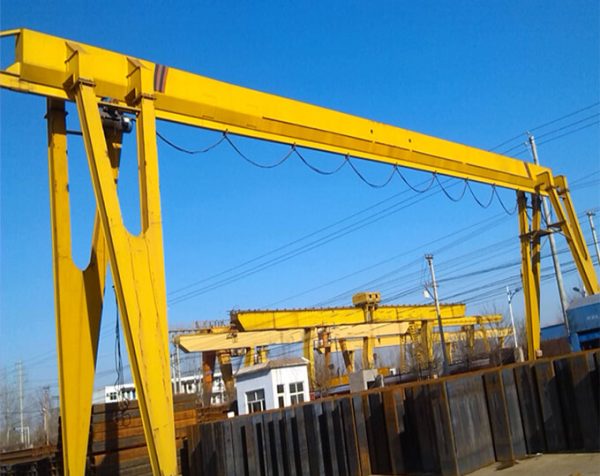


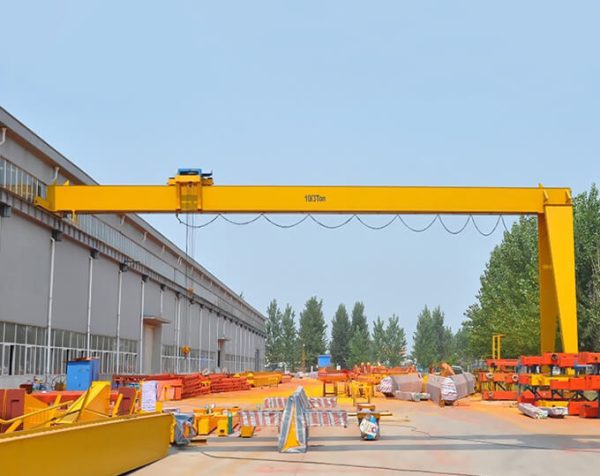
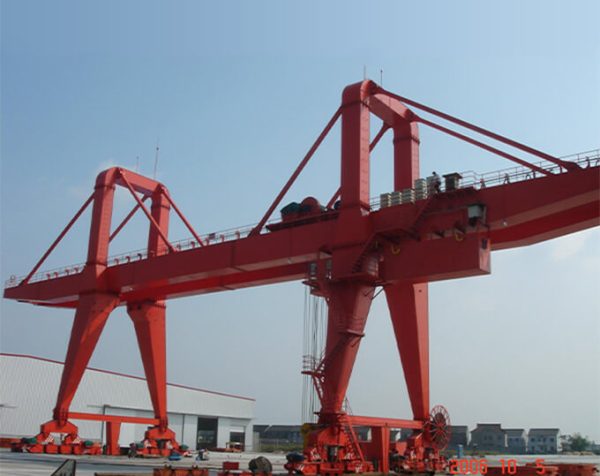
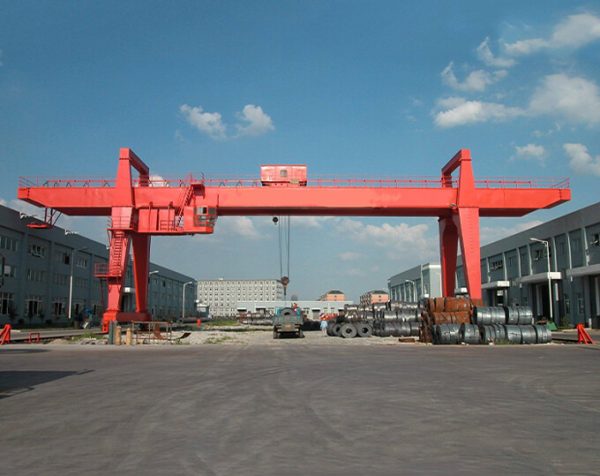
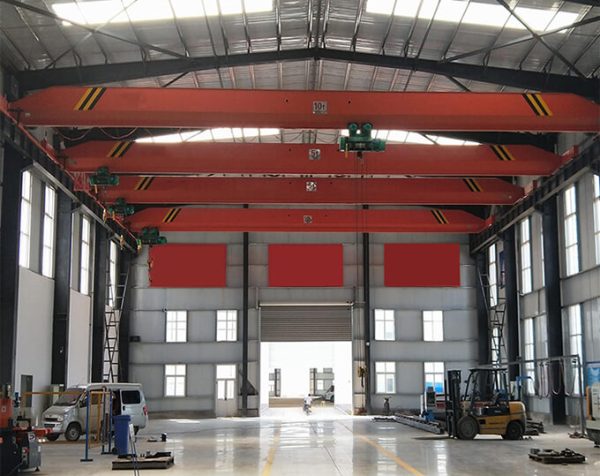
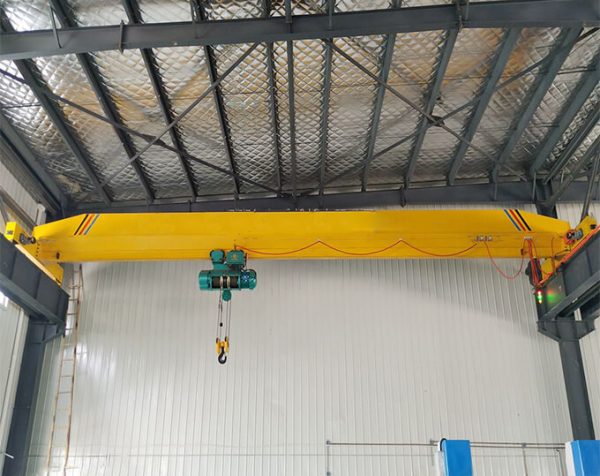
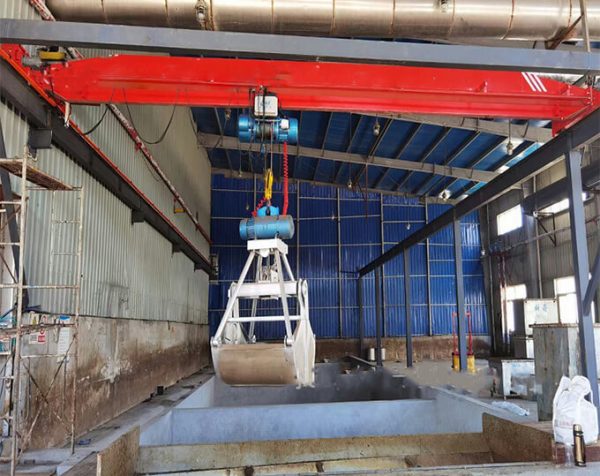
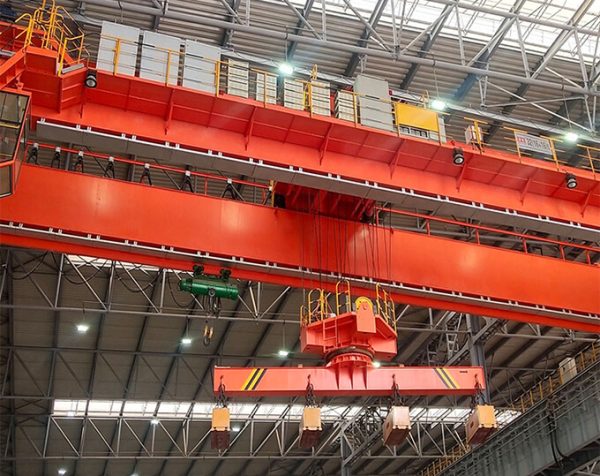
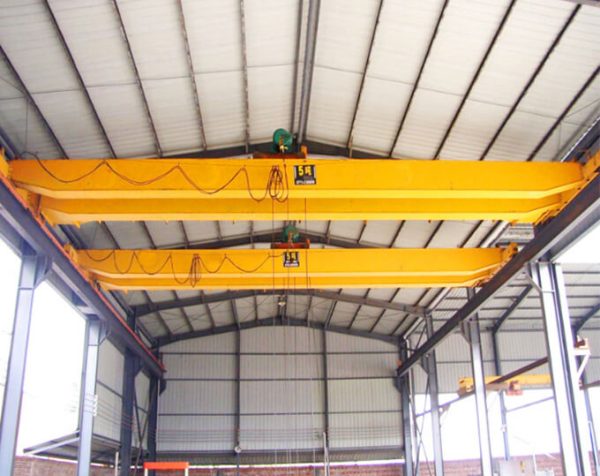
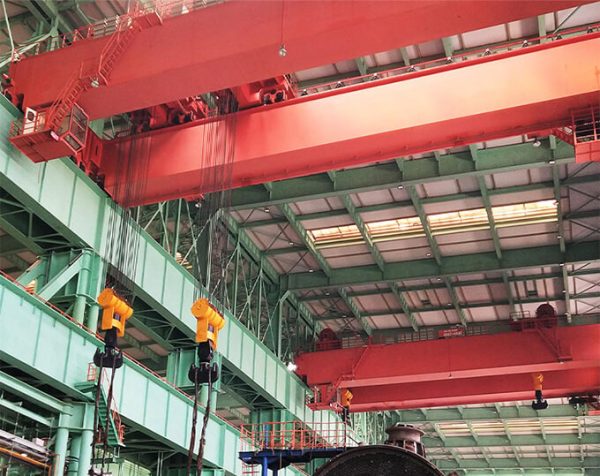
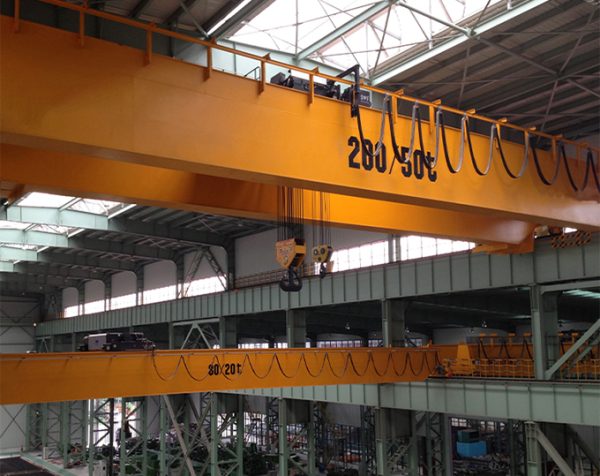


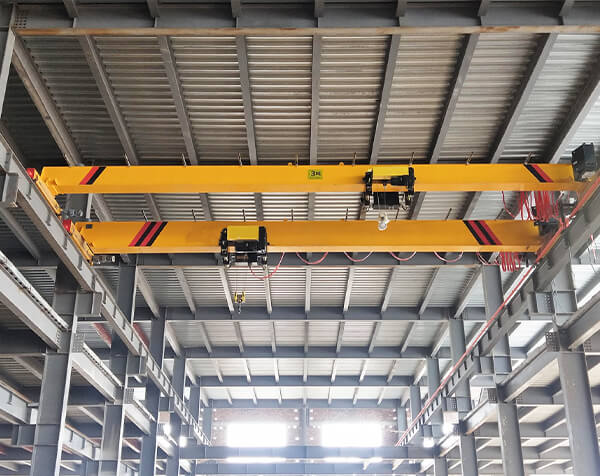
-600x476.jpg)
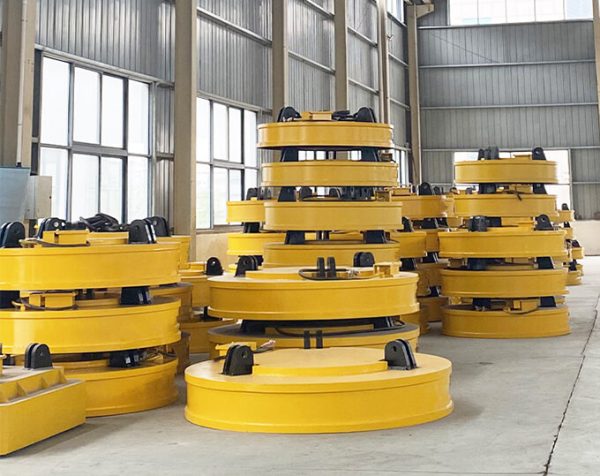

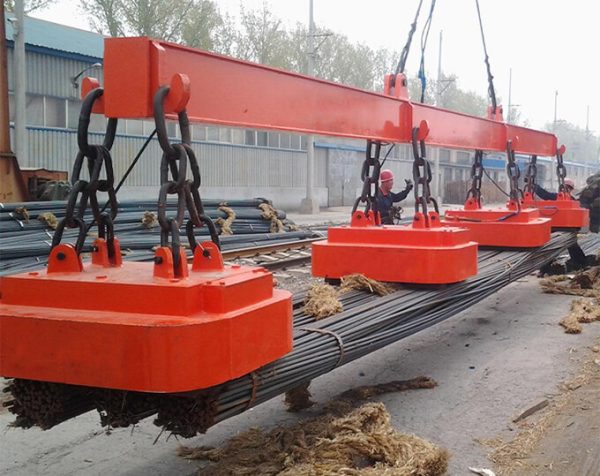
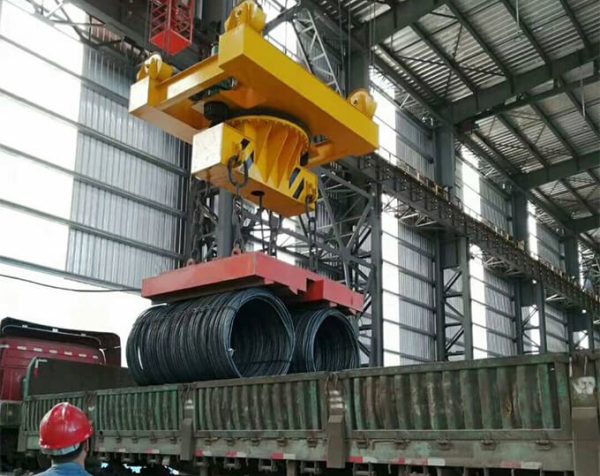
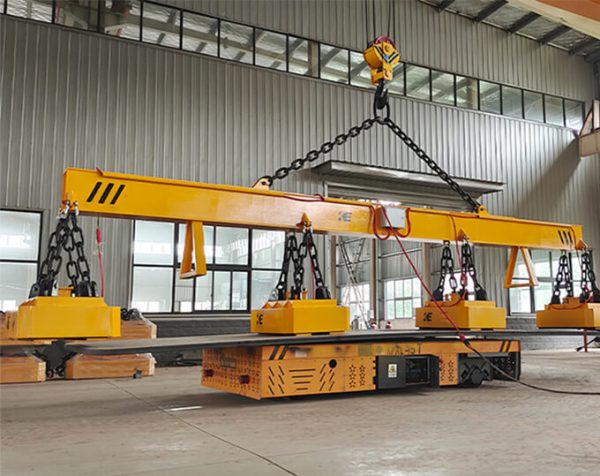
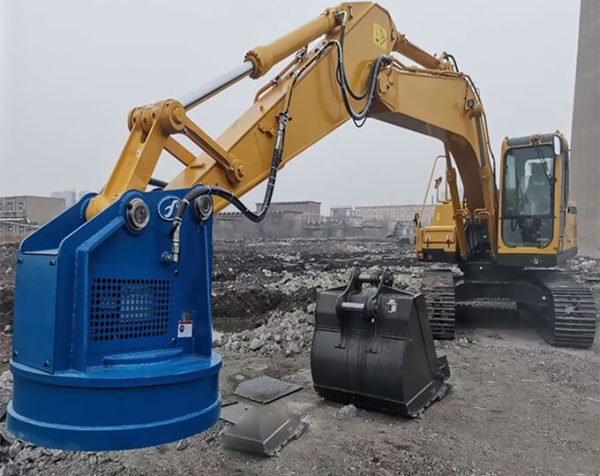
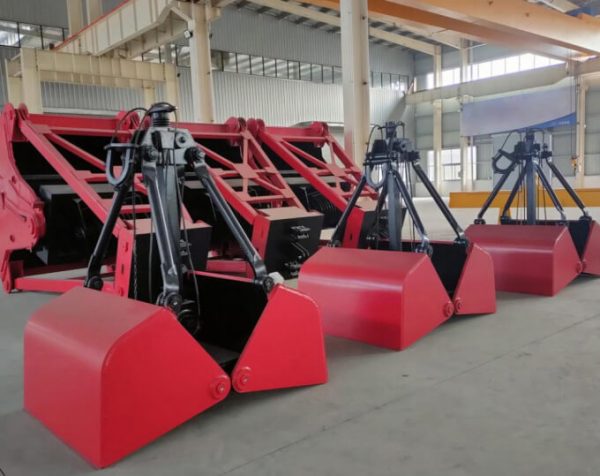
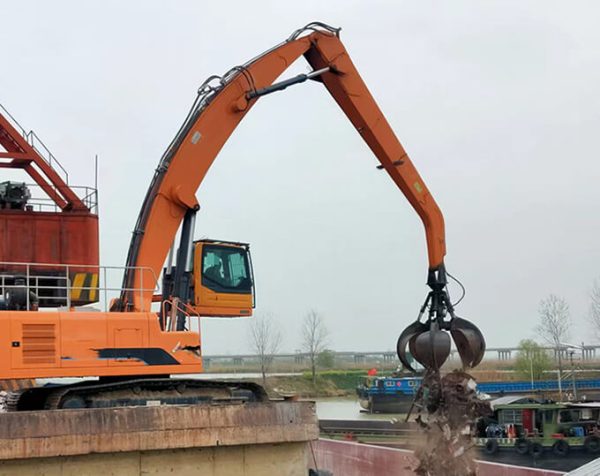
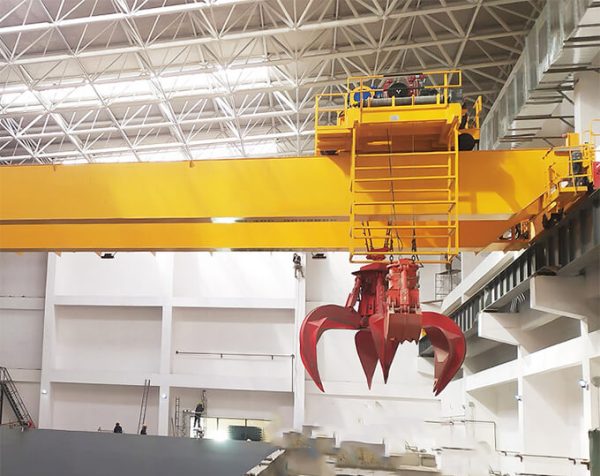
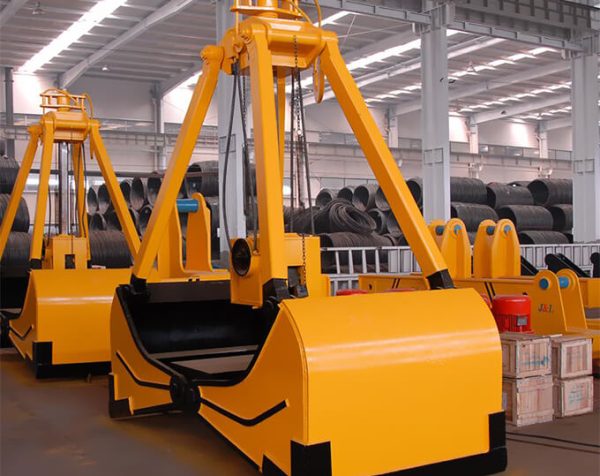
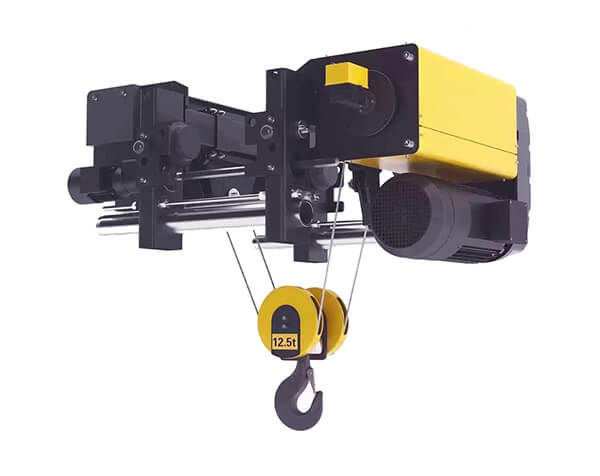
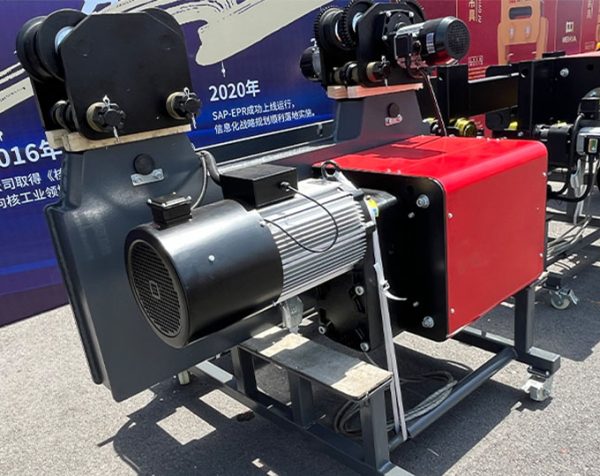
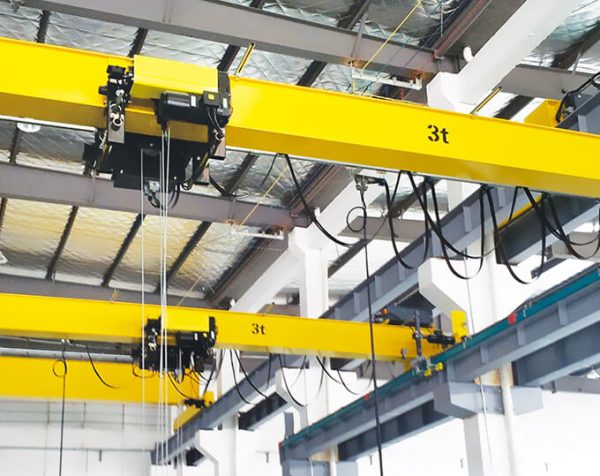
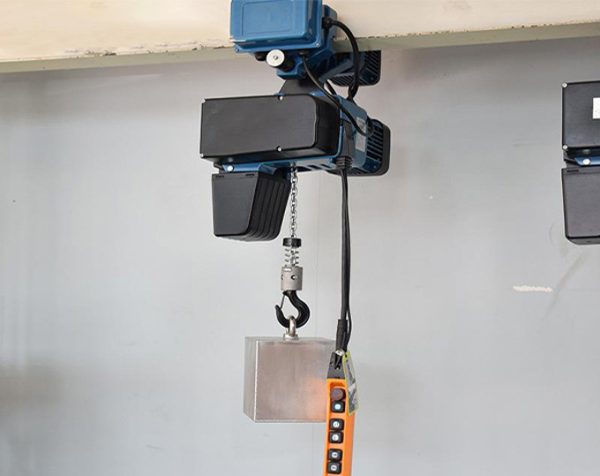
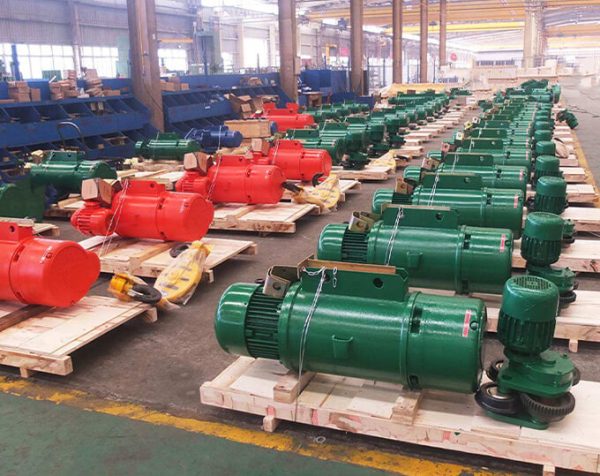
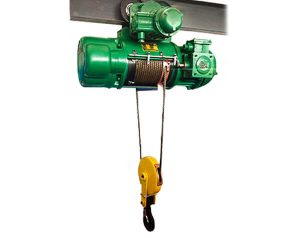


















-600x476.jpg)
















Due to its relatively compact size and lower cost, European-made cranes offer higher cost-performance efficiency compared to traditional Chinese cranes while meeting the same performance requirements. As a result, they have gained widespread popularity in the current market.
Today, KE Cranes will highlight the key advantages of European-style cranes and explain the specific differences between traditional domestic cranes and their European cranes.
In terms of structure, European-style cranes do not differ significantly from traditional Chinese cranes. The main distinctions lie in their design philosophy and manufacturing processes.
Next, we will examine the key technical advantages of European-style cranes, which can be summarized into two points: lightweight design and intelligent control.
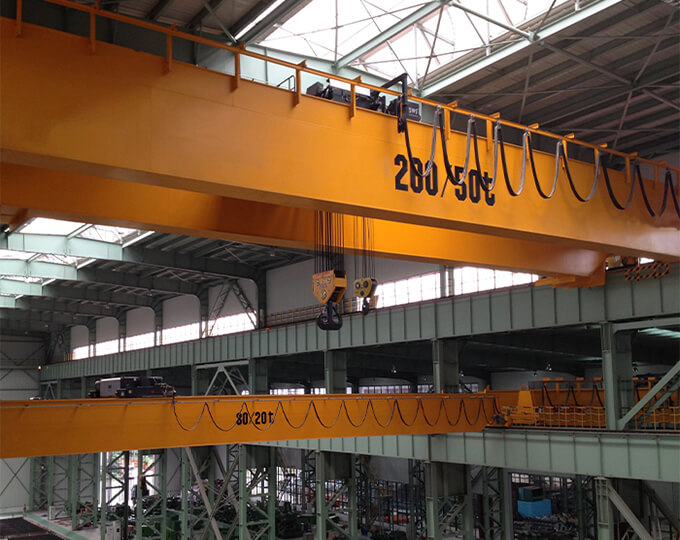
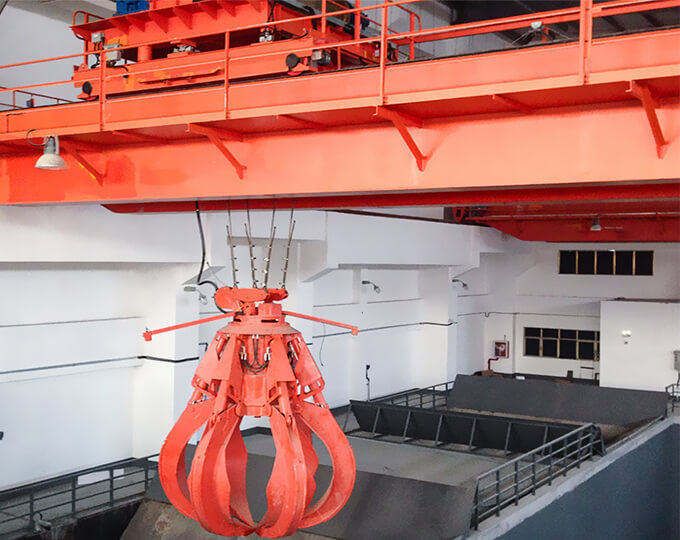
One of the greatest advantages of European-style cranes is their lightweight design. For instance, the bridge girder utilizes high-strength materials and adopts weight-reducing approaches such as a four-beam structure.
The primary goal is to minimize the weight of the lifting mechanism as much as possible. European cranes employ methods like I-beams to reduce overall dimensions, resulting in a more compact structure. This not only saves space but also increases the working height, expanding the crane’s coverage area.
As a result, many efficiency-focused European customers prefer European-style cranes.
Lightweight Design: The Competitive Edge of European-Style Cranes
Another standout feature of European-style cranes is their intelligent control system. Equipped with a comprehensive monitoring system, these cranes can track the real-time operating status of all components, detecting potential wear and tear to ensure optimal performance. This proactive monitoring allows for timely maintenance, minimizing downtime and maximizing productivity.
Smart Control Systems: A Key Feature of European-Style Cranes
Leading European crane manufacturers also offer advanced anti-sway systems, which significantly improve operational efficiency while extending the equipment's service life. By integrating smart technology, European cranes deliver unmatched precision, safety, and cost-effectiveness—making them the preferred choice for modern industrial applications.
Metallurgical cranes are widely used in steel mills and are important machinery and equipment in the steelmaking process. Compared with ordinary bridge cranes, metallurgical cranes are characterized by a high-temperature operating environment, which poses a high challenge to the operators and the safety management of the equipment.
With its small installation space, easy maintenance, reliability and low cost, cable reels have replaced conductor lines and become the mainstream solution in the field of mobile transmission (power, data and fluid media).
The hook is a commonly used lifting device and is widely used in lifting machinery.

